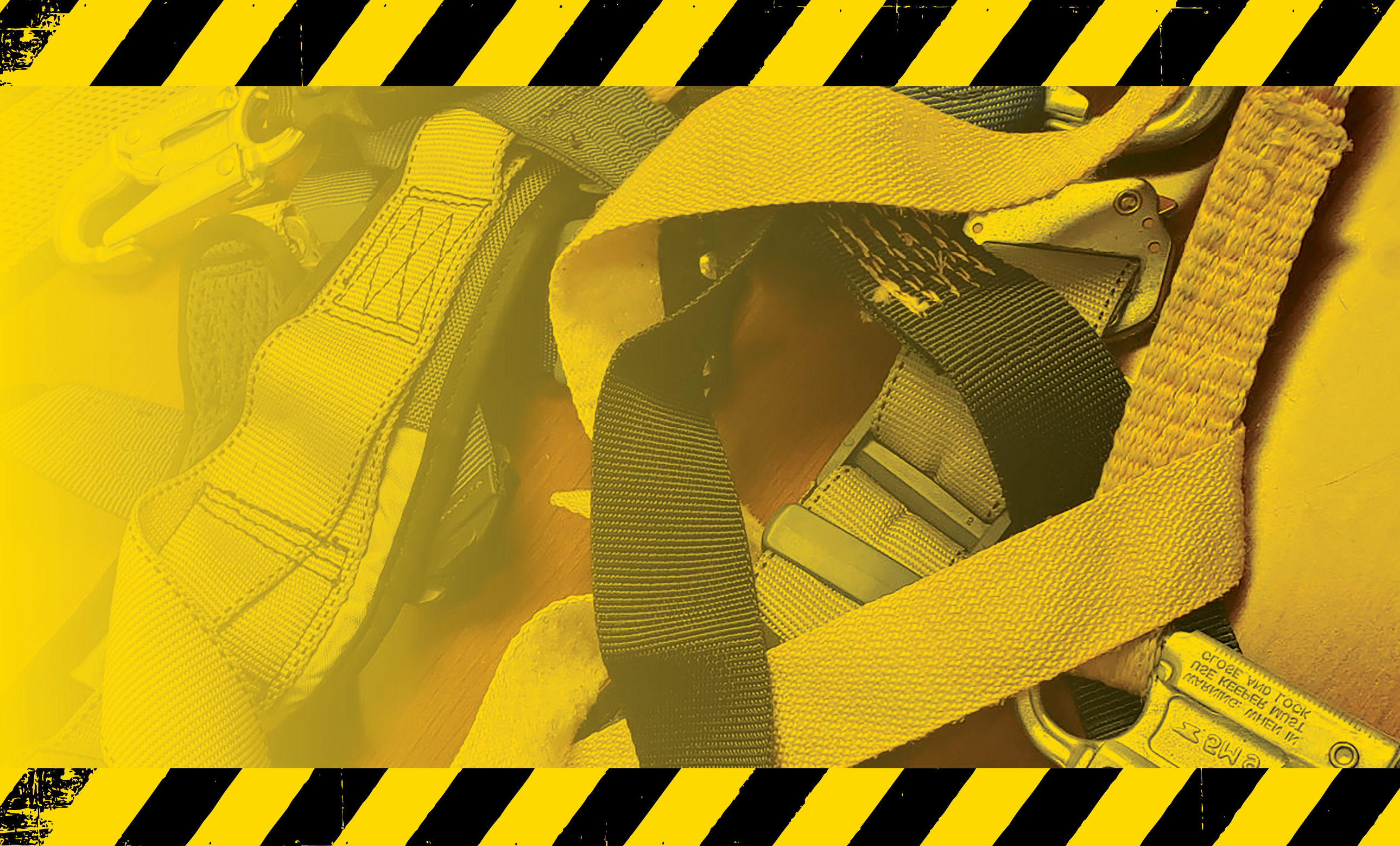How to protect personnel information
 |
Many companies focus on keeping customer data safe, but cyber criminals can also target employee information.
The U.S. Chamber of Commerce shares steps small-business owners can take to ensure employee information is stored securely.
- Comply with local and federal regulations. There are state and federal rules that govern employee privacy and record keeping, addressing which records must be kept, for how long and how records must be retained. For example, the Americans with Disabilities Act dictates businesses restrict access to employee medical records and keep them separate from employee personnel files.
- Only gather necessary information. Keep only the employee information needed for hiring and payroll. For example, you likely do not need an employee’s Social Security number unless you are performing a hiring background check. If you must collect personal information, you can anonymize it by assigning an employee identification number to each employee.
- Develop a workplace records policy. This policy should determine a retention schedule for how long you will keep certain pieces of information on file; which employees can access certain types of files and review them; how employee records will be stored and saved; how records will be disposed of once retention requirements have been met; and how you will regularly review and update your records policy and security measures.
- Implement robust security tools. Some key tools include firewalls, multifactor authentication, automated threat detection, data encryption, and antivirus and anti-malware software. Employees should use password managers and be trained regarding risks. You also should restrict employee information to only those who need it and require access authorization for individual applications.
Recycling can reduce carbon dioxide

|
Building construction is responsible for 11% of energy-related carbon emissions globally, according to Bloomberg. However, reusing and recycling building materials—such as glass, steel, stone and timber—could cut total emissions by 60% as stated in the report “Closing the Circle,” released by Mace Group, London, in October.
During the decade leading up to 2021, London generated 1.5 million metric tons of construction and demolition waste. Cutting that could keep an additional 900,000 tons, or 60%, of materials within London’s construction supply chain during the next decade.
The report also looks at Amsterdam, Berlin, Madrid, New York, Paris and Rome and concludes an estimated 77 million tons of waste could be kept in the supply loop during the decade if construction firms reused materials, which could be worth $13.1 billion. New York has the greatest potential, with 30.6 million tons of waste that could be kept (about $3.5 billion worth).
The full report is available for download at macegroup.com/perspectives/circularity-closing-the-circle-report.
S-5! achieves industry standard for snow- retention devices
 |
S-5! has announced it is the first company to receive an Evaluation Report from the International Association of Plumbing and Mechanical Officials, certifying its snow-retention systems’ compliance with Evaluation Criteria 029-2018 for Standing Seam Metal Roof-Mounted Rail-Type Snow Retention Systems.
An evaluation crtieria document is a consensus of professionals concerning the specifics of how a product or system is evaluated and how the results are interpreted and applied. The document is analogous to the Acceptance Criteria document from the International Code Council-Evaluation Service.
In the absence of building code addressing snow retention, compliance with the IAPMO EC 029-2018 is “code equivalent” and may be used by specification to qualify proper design, testing and production. The document is harmonious with the Metal Construction Association’s document “Qualifying Snow Retention Systems for Metal Roofing.”



